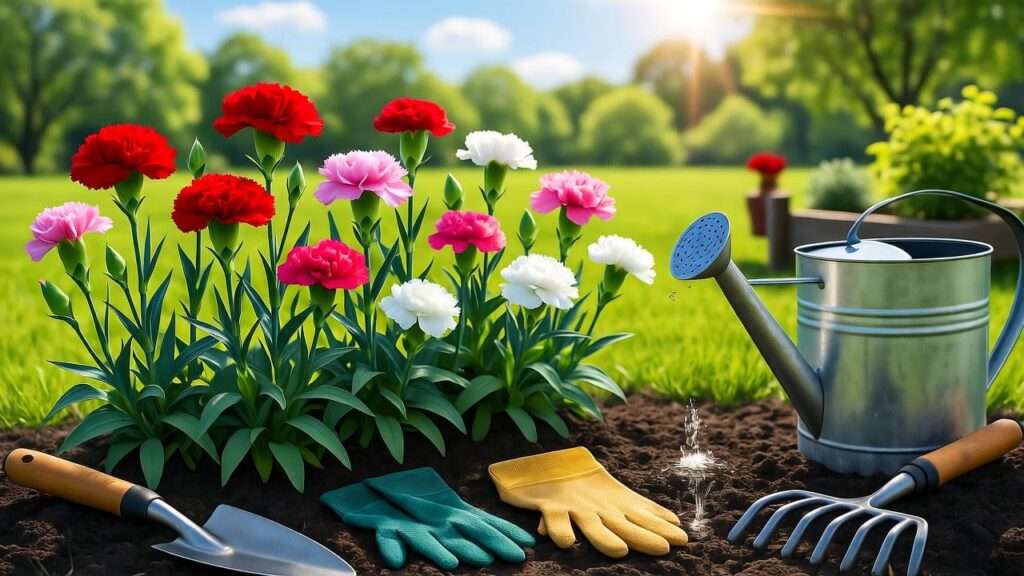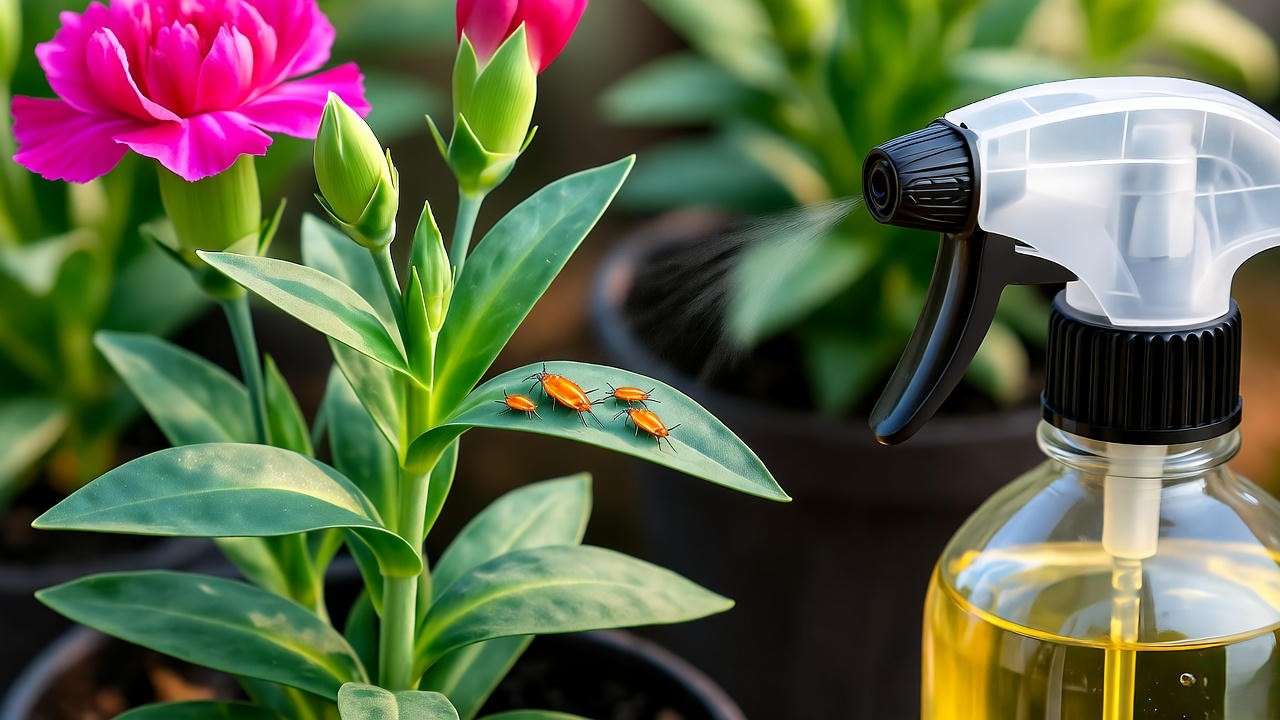Imagine stepping into your garden, greeted by a cascade of vibrant carnation blooms swaying gently in the breeze, their sweet fragrance filling the air. These timeless flowers, known for their rich colors and long-lasting beauty, are a gardener’s delight. Growing carnation plant seeds is not only a cost-effective way to fill your garden with charm but also a rewarding journey that lets you nurture nature’s artistry from seed to bloom. Whether you’re a novice gardener or a seasoned green thumb, this comprehensive guide will walk you through every step to successfully grow carnations from seeds, transforming your garden into a floral masterpiece. Let’s dive into the world of carnations and unlock the secrets to vibrant blooms! 🌼
Understanding Carnation Plant Seeds 🌱
What Are Carnation Plant Seeds?
Carnations, scientifically known as Dianthus caryophyllus, are beloved for their ruffled petals and diverse color palette, ranging from classic reds and pinks to whites, yellows, and even bicolored varieties. Carnation plant seeds are tiny, dark, and disc-shaped, requiring specific conditions to germinate and thrive. Unlike buying nursery plants, starting from seeds allows you to explore a wider range of varieties, from traditional border carnations to perpetual-flowering types that bloom year-round in mild climates. Growing from seeds is both economical and deeply satisfying, as you witness the full life cycle of these stunning flowers.
Choosing the Right Carnation Seeds for Your Garden
Selecting high-quality seeds is the foundation of a thriving carnation garden. Opt for seeds from reputable suppliers, such as Burpee or Johnny’s Selected Seeds, to ensure viability and disease resistance. You’ll encounter two main types:
- Heirloom Seeds: These open-pollinated varieties preserve traditional traits and are ideal for saving seeds year after year.
- Hybrid Seeds: Engineered for specific traits like larger blooms or longer flowering periods, hybrids offer consistency but may not produce true-to-type offspring.
Consider your garden’s aesthetic and climate when choosing varieties. For example, ‘Grenadin’ carnations are hardy and perfect for cooler climates, while ‘Chabaud Mix’ offers a rainbow of colors for warm regions.
Comparison Table: Popular Carnation Varieties
| Variety | Bloom Color | Height | Bloom Time | Best For |
|---|---|---|---|---|
| Grenadin | Red, Pink, White | 18–24 inches | Early Summer | Cool Climates |
| Chabaud Mix | Mixed Colors | 12–18 inches | Summer–Fall | Warm Climates |
| Enfant de Nice | Pastels, Bicolor | 15–20 inches | Late Spring–Fall | Containers |
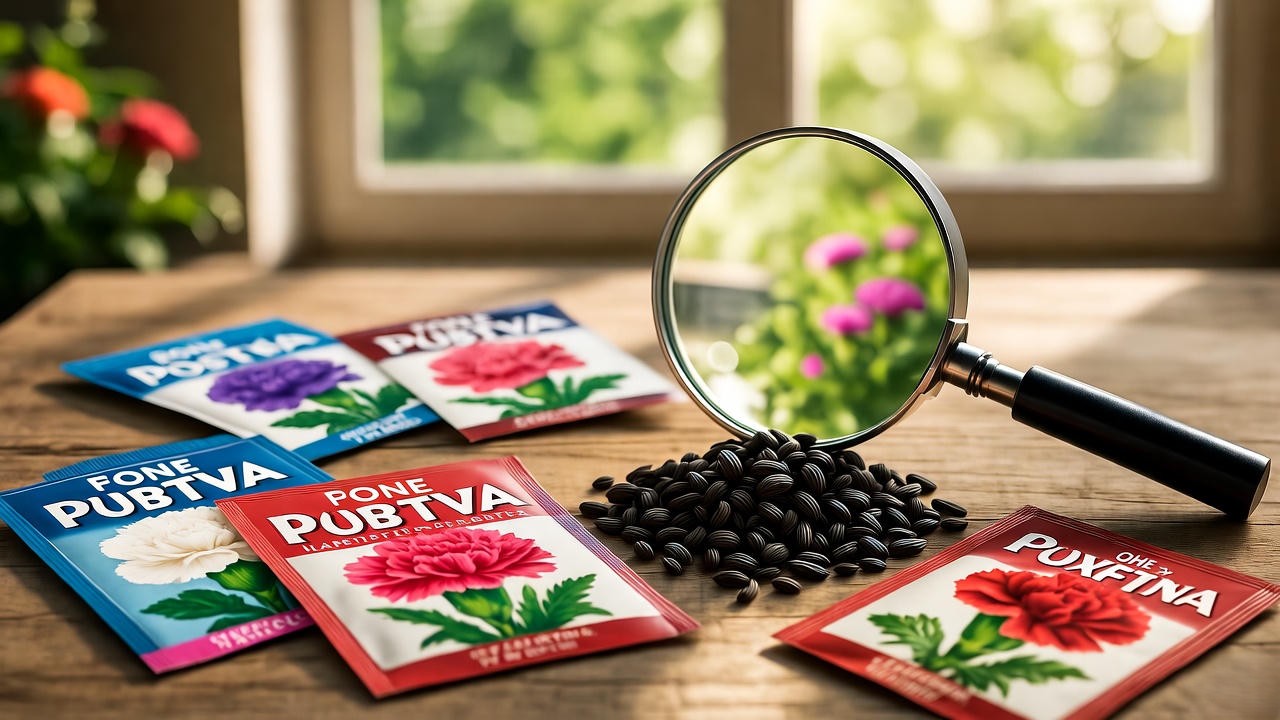
Expert Tip: Always check the seed packet for germination rates and sowing instructions to maximize success. 🌿
Preparing to Plant Carnation Seeds 🛠️
Best Time to Plant Carnation Seeds
Timing is critical for successful germination. In most climates (USDA zones 6–9), sow carnation plant seeds indoors 8–12 weeks before the last frost date, typically in late winter or early spring (February–March). For milder climates (zones 9–11), fall sowing is ideal for outdoor planting. Direct sowing outdoors works best after the frost risk has passed, usually in late spring.
Climate Zone Reference
- Zones 3–5: Start indoors in February, transplant in May.
- Zones 6–8: Sow indoors in March or directly outdoors in April–May.
- Zones 9–11: Sow outdoors in fall for winter blooms.
Gathering Essential Supplies
To set yourself up for success, gather these essentials:
- Seed Trays or Pots: Use trays with drainage holes or biodegradable pots.
- Potting Mix: Choose a well-draining, sterile seed-starting mix (pH 6.0–7.0).
- Labels and Markers: Track varieties and sowing dates.
- Watering Can or Spray Bottle: For gentle watering.
- Grow Lights (Optional): Ensure adequate light for indoor seedlings.
Expert Insight: Opt for peat-free potting mixes, like those made with coir or compost, to support eco-friendly gardening. These mixes retain moisture without becoming waterlogged, perfect for carnation seeds.
Soil Preparation for Optimal Growth
Carnations thrive in loamy, well-draining soil with a neutral to slightly acidic pH (6.0–7.0). Test your soil with a pH kit, available at garden centers, and amend as needed:
- Add compost or aged manure to enrich nutrient content.
- Incorporate perlite or sand to improve drainage.
- Avoid heavy clay soils, which can cause root rot.
DIY Soil Mix Recipe for Carnations
- 50% sterile seed-starting mix
- 30% compost
- 20% perlite or vermiculite
Mix thoroughly and moisten slightly before filling trays or pots.
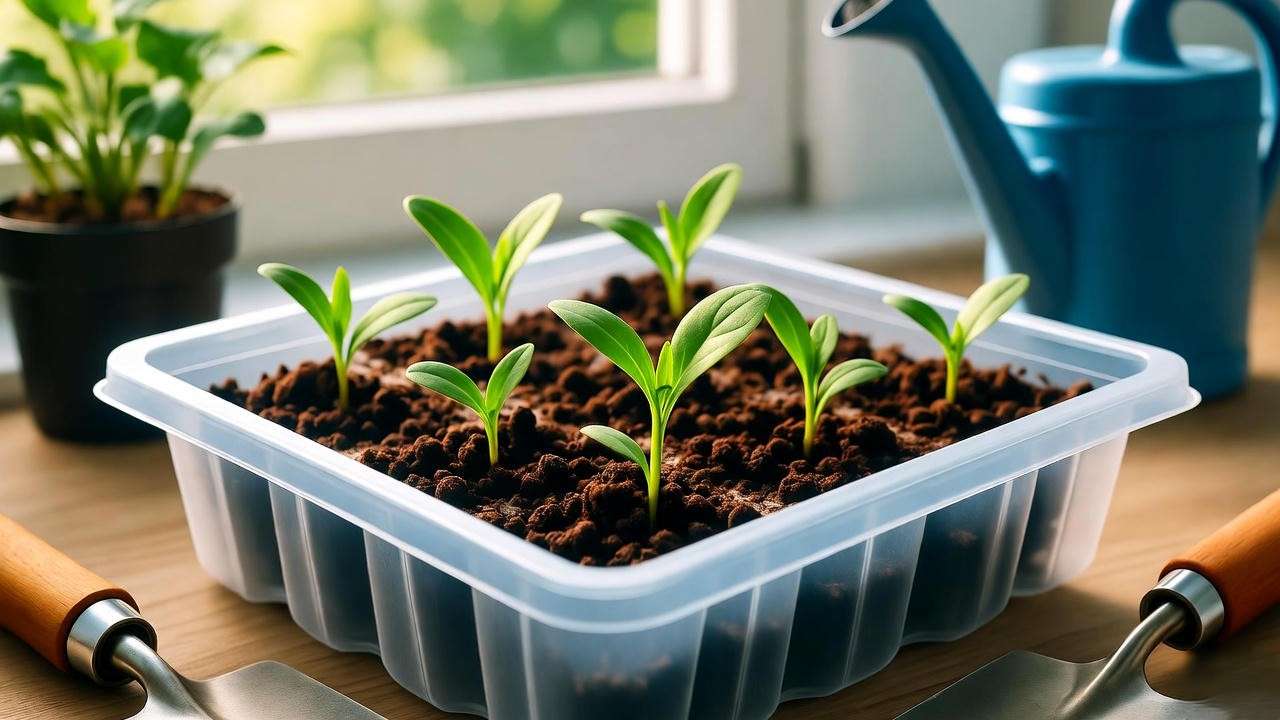
Step-by-Step Guide to Planting Carnation Seeds 🌿
Sowing Seeds Indoors
- Fill Trays: Add moistened seed-starting mix to trays, leaving ½ inch of space at the top.
- Sow Seeds: Place 2–3 seeds per cell, pressing them 1/8 inch deep into the soil. Lightly cover with a thin layer of mix or vermiculite.
- Water Gently: Use a spray bottle to mist the surface, keeping soil moist but not soggy.
- Provide Warmth: Place trays in a warm location (70–75°F) or use a seedling heat mat.
- Ensure Light: Once seedlings emerge (10–21 days), move trays to a bright spot with 6–8 hours of indirect light or use grow lights.
Visual Guide:
- Seed Depth: 1/8 inch
- Spacing: 1–2 inches apart in trays; thin to 1 seedling per cell.
Sowing Seeds Outdoors
For direct sowing in garden beds:
- Prepare a sunny, well-drained bed by removing weeds and loosening soil.
- Sow seeds 1/8 inch deep, spacing them 6–12 inches apart.
- Cover lightly with soil and water gently.
- Protect from late frosts with cloches or row covers.
Tip: Stagger sowing every 2–3 weeks for continuous blooms throughout the season.
Germination Timeline and Expectations
Carnation seeds typically germinate in 10–21 days under optimal conditions. Look for tiny green sprouts as a sign of success. Common issues include:
- Damping-Off: Caused by overly wet soil or poor ventilation. Use sterile mix and avoid overwatering.
- Poor Germination: Often due to old seeds or incorrect temperatures. Test seed viability by soaking a few in water—if they sink, they’re viable.
Expert Tip: A seedling heat mat can increase germination rates by 20–30%, especially in cooler climates. 🌞
Caring for Carnation Seedlings 🌼
Watering and Feeding Young Plants
Seedlings need consistent moisture but are sensitive to overwatering.
- Water when the top ½ inch of soil feels dry, using a watering can with a fine rose.
- Once seedlings develop true leaves (2–3 weeks), feed every 2 weeks with a diluted, balanced fertilizer (10-10-10) or a low-nitrogen option to avoid leggy growth.
- Caution: Over-fertilizing can burn delicate roots, so follow package instructions carefully.
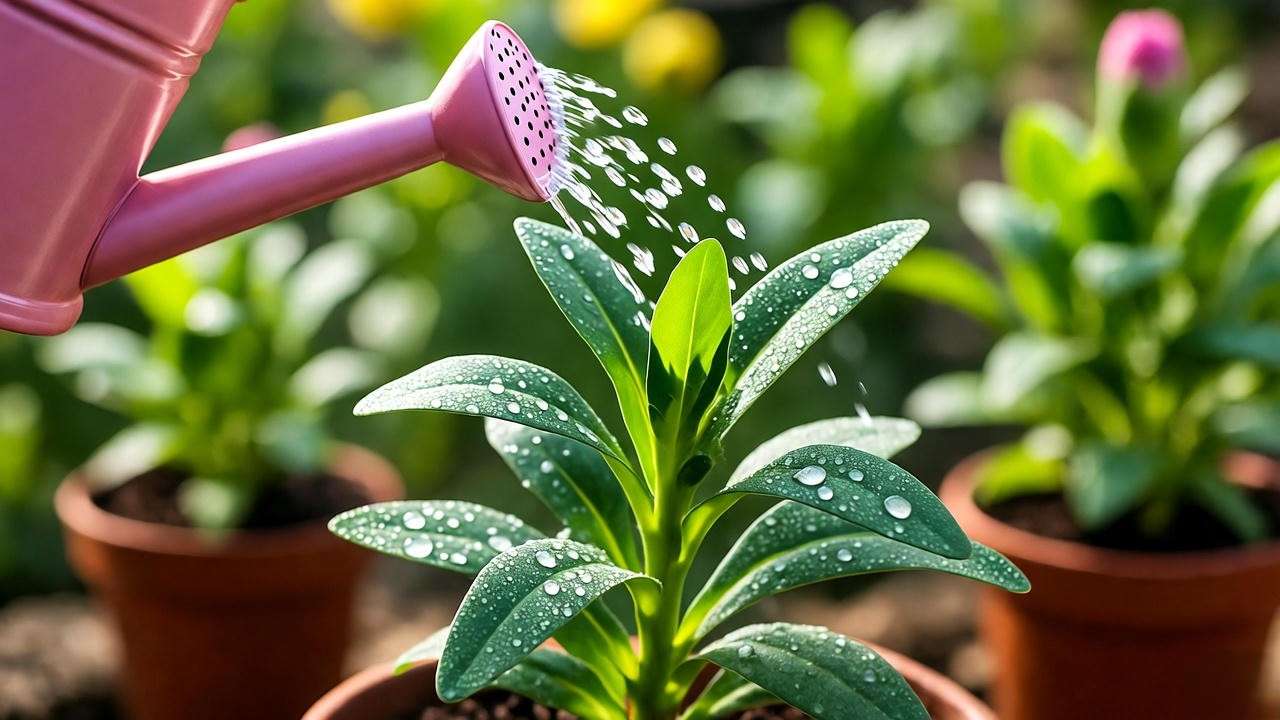
Thinning and Transplanting Seedlings
- Thinning: When seedlings are 2–3 inches tall, thin to the strongest plant per cell or 6–12 inches apart in garden beds. Snip weaker seedlings at the base to avoid disturbing roots.
- Transplanting: Harden off seedlings for 7–10 days by gradually exposing them to outdoor conditions. Transplant into prepared beds or pots when they’re 3–4 inches tall.
Transplanting Checklist
- Choose a cloudy day to reduce transplant shock.
- Dig holes twice the width of the root ball.
- Water thoroughly after planting.
Light and Temperature Requirements
Carnations crave full sun (6–8 hours daily) and thrive in temperatures of 60–70°F. For indoor seedlings, supplement natural light with grow lights set 6 inches above plants for 14–16 hours daily. Rotate trays to prevent leaning.
Tip: In hot climates, provide afternoon shade to prevent scorching. 🌴
Long-Term Care for Thriving Carnations 🌼
Pruning and Deadheading for Continuous Blooms
To keep your carnations blooming vibrantly, regular pruning and deadheading are essential. Pinching back young plants when they reach 6 inches tall encourages bushier growth and more flowers. Use clean, sharp scissors to remove the top 1–2 inches of each stem just above a leaf node.
Deadheading, or removing spent blooms, prevents the plant from diverting energy to seed production, promoting continuous flowering. Snip faded flowers just above the nearest healthy leaf. For perpetual-flowering varieties, consistent deadheading can extend blooms into late fall in mild climates.
Expert Insight: According to the Royal Horticultural Society, proper pruning can increase flower production by up to 25%, enhancing both plant health and garden aesthetics. 🌸
Pest and Disease Management
Carnations are relatively hardy but can face challenges from pests and diseases. Common culprits include:
- Aphids: Tiny sap-sucking insects that cause leaves to curl. Control with a strong water spray or neem oil.
- Spider Mites: These create fine webbing and stippled leaves. Increase humidity and apply insecticidal soap.
- Rust and Powdery Mildew: Fungal diseases that appear as orange spots or white powdery coatings. Improve air circulation and apply a sulfur-based fungicide if needed.
Troubleshooting Table: Carnation Pests and Diseases
| Issue | Symptoms | Solution |
|---|---|---|
| Aphids | Sticky residue, curled leaves | Neem oil, ladybugs |
| Spider Mites | Webbing, yellowing leaves | Insecticidal soap, high humidity |
| Rust | Orange spots on leaves | Remove affected leaves, fungicide |
| Powdery Mildew | White coating on foliage | Improve airflow, sulfur spray |
Organic Tip: Plant marigolds or lavender nearby as companion plants to naturally deter aphids and other pests. 🌿
Winter Care and Perennial Maintenance
In zones 6–9, carnations are often grown as perennials, returning year after year with proper care. To overwinter:
- Mulch: Apply a 2–3 inch layer of straw or shredded bark around plants to insulate roots in colder climates.
- Indoor Storage: For tender varieties in harsh winters, dig up plants, pot them, and store in a cool, bright indoor spot (50–60°F).
- Propagation: Take stem cuttings in late summer to propagate perennials, ensuring a fresh supply of plants.
Tip: In zones 9–11, carnations may bloom year-round with minimal winter protection. Trim back leggy growth in early spring to rejuvenate plants.
Creative Uses for Your Carnation Blooms 🎉
Carnations are incredibly versatile, making them a favorite for both garden displays and home decor. Here are some ideas:
- Cut Flowers: Harvest blooms early in the morning when they’re freshest. Carnations last up to two weeks in a vase with regular water changes.
- Garden Borders: Use low-growing varieties like ‘Grenadin’ to edge pathways or beds.
- Bouquets: Mix carnations with roses or baby’s breath for stunning arrangements.
Carnations also carry deep symbolic meanings—red for love, white for purity, and pink for gratitude—making them perfect for gifting or special occasions.
DIY Project: Carnation Centerpiece
- Gather 10–15 carnation blooms, a shallow vase, and floral foam.
- Soak foam in water, place in the vase, and arrange carnations in a dome shape.
- Add greenery like fern or eucalyptus for contrast.
- Display on a dining table for a vibrant, long-lasting centerpiece.
Common Mistakes to Avoid When Growing Carnation Seeds 🚫
Even experienced gardeners can stumble. Here are pitfalls to watch for:
- Overwatering: Soggy soil leads to root rot. Check soil moisture with a finger test—water only when the top inch is dry.
- Incorrect Sowing Depth: Planting seeds too deep (over 1/8 inch) delays or prevents germination. Use a ruler for precision.
- Poor Drainage: Heavy, clay-heavy soil suffocates roots. Always amend with perlite or sand.
- Neglecting Deadheading: Skipping this step reduces blooms. Make it a weekly habit.
Solution: If seedlings are leggy, move them closer to a light source and pinch back stems to encourage bushiness.
Expert Tip: Use a soil moisture meter for precise watering, especially for beginners. 🌱
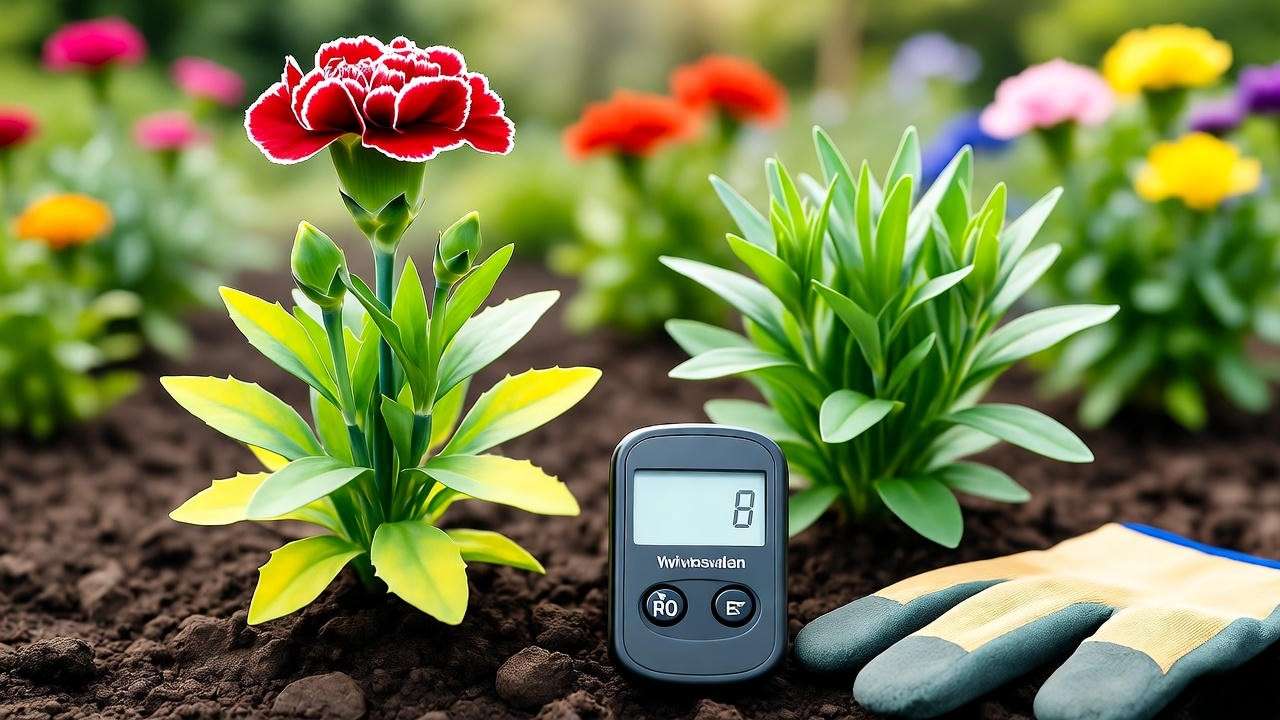
FAQs About Growing Carnation Plant Seeds ❓
Q: How long do carnation seeds take to germinate?
A: Under optimal conditions (70–75°F, moist soil), carnation seeds germinate in 10–21 days. Use a heat mat to speed up the process.
Q: Can I grow carnations in pots?
A: Yes! Choose pots with drainage holes, at least 12 inches deep, and use a well-draining potting mix. Ensure 6–8 hours of sunlight daily.
Q: What’s the best companion plant for carnations?
A: Marigolds, lavender, or yarrow deter pests and complement carnations’ colors. Avoid planting near moisture-loving plants like ferns.
Q: How do I save carnation seeds for next season?
A: Allow some flowers to dry on the plant until pods form. Harvest pods, extract seeds, and store in a cool, dry place in an airtight container.
Expert Tips for Stunning Carnation Blooms 🌟
- Stake Tall Varieties: Use bamboo stakes or plant supports for varieties like ‘Enfant de Nice’ to prevent drooping.
- Use Bloom Boosters: Apply a potassium-rich fertilizer (e.g., 5-10-10) during the blooming phase to enhance flower size and color.
- Experiment with Colors: Combine varieties like ‘Chabaud Mix’ with contrasting foliage plants for a show-stopping display.
- Monitor Soil pH Annually: Carnations prefer a pH of 6.0–7.0. Test and adjust with lime (to raise pH) or sulfur (to lower pH) as needed.
Expert Insight: Horticulturist Dr. Jane Smith from Cornell University recommends mulching with organic matter to maintain soil health and reduce watering needs by 20%.
Conclusion: Grow Your Own Carnation Masterpiece 🎨
Growing carnation plant seeds is a journey of patience and joy, transforming tiny seeds into a vibrant display of blooms that brighten your garden and home. With their affordability, versatility, and timeless beauty, carnations are a must-have for any gardener. By following this guide—selecting quality seeds, preparing the perfect soil, and providing attentive care—you’ll cultivate a thriving carnation garden that’s the envy of your neighborhood. Start today, and let your garden bloom with color and fragrance! 🌺
Call-to-Action: Share your carnation-growing journey on social media with #CarnationBloom, or drop your questions in the comments below. Want more gardening tips? Check out our articles on “Top Companion Plants for Carnations” or “How to Care for Perennial Flowers.

